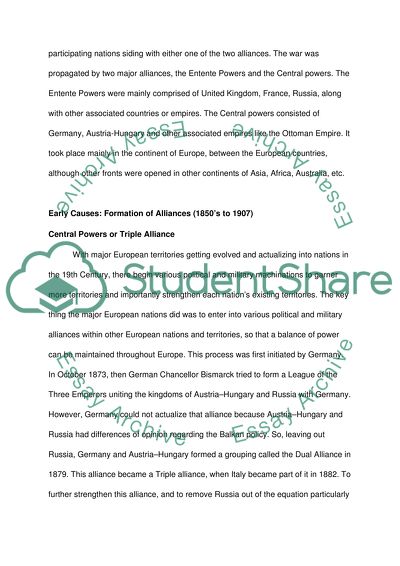Cite this document
(“World War 1 Research Paper Example | Topics and Well Written Essays - 3000 words”, n.d.)
Retrieved from https://studentshare.org/history/1393099-wwi-
Retrieved from https://studentshare.org/history/1393099-wwi-
(World War 1 Research Paper Example | Topics and Well Written Essays - 3000 Words)
https://studentshare.org/history/1393099-wwi-.
https://studentshare.org/history/1393099-wwi-.
“World War 1 Research Paper Example | Topics and Well Written Essays - 3000 Words”, n.d. https://studentshare.org/history/1393099-wwi-.


